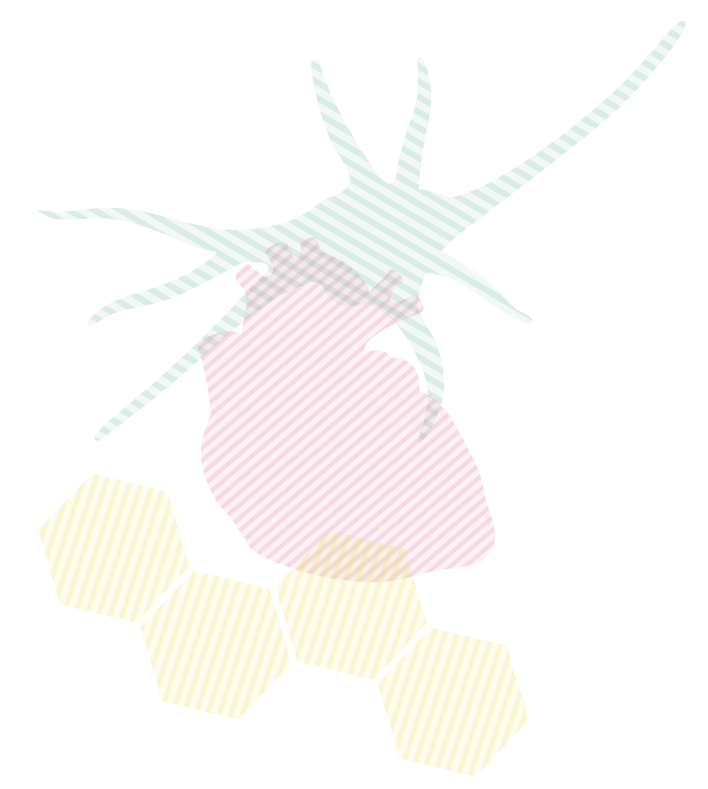Alzheimer’s disease is a severe neuropsychiatric disorder mainly occurring in elderly people. Brain function is impaired and neurons begin to die.
Pathological proteins accumulate in the diseased brain, among them beta amyloid, which aggregates into plaques. The process manifests at first by slow and inconspicuous memory loss, but gradually progresses to dementia, helplessness and, inevitably, death.
Unfortunately, the brains of the people suffering from the disease can be observed only indirectly or after their death. Therefore, we still don’t know how the degeneration of the brain progresses or why it begins at all. That’s why Alzheimer’s can be neither cured nor slowed appreciably. Animal experiments might elucidate this problem.
The Department of Neurophysiology of Memory in cooperation with National Institute of Mental Health, Klecany, tested a rat model called Samaritan, supplied by a commercial company Taconic. The rats had a special solution applied into their brains, which should cause damage similar to the Alzheimer’s disease. Indeed, it was observed that the rats exhibit memory impairments and navigate poorly in experimental mazes, which is similar to symptoms in diseased humans. Their brain chemistry mimicked findings in human patients with progressing dementia. Animal models, like the Samaritan rat, could be used in the future for validating new therapeutic approaches to Alzheimer’s dementia.
Petrasek T, Skurlova M, Maleninska K, Vojtechova I, Kristofikova Z, Matuskova H, Sirova J, Vales K, Ripova D, Stuchlik A. A Rat Model of Alzheimer’s Disease Based on Abeta42 and Pro-oxidative Substances Exhibits Cognitive Deficit and Alterations in Glutamatergic and Cholinergic Neurotransmitter Systems. Front Aging Neurosci. 2016;8:83. doi: 10.3389/fnagi.2016.00083 – IF = 4










